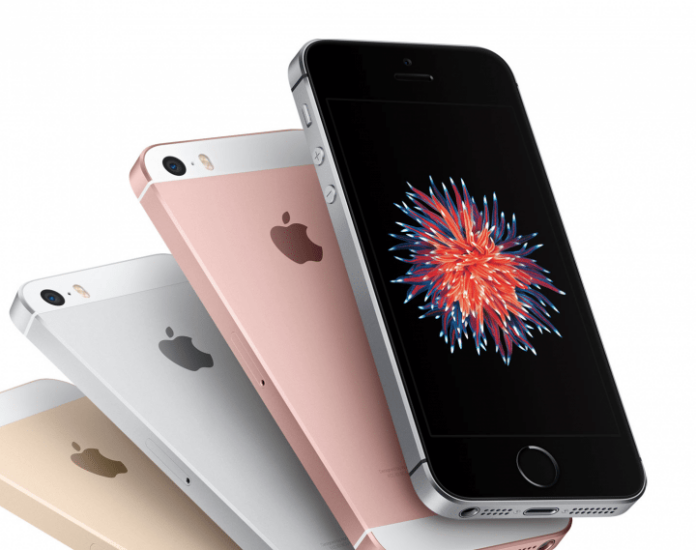Device specifications show continued support for Sprint and T-Mobile LTE networks across 2.5 GHz and 700 MHz bands, respectively; AT&T 2.3 GHz left out
Apple’s launch this week of its iPhone SE device is sure to excite the faithful, as well as continue to boost the network enhancement efforts of Sprint and T-Mobile US. The device, which is basically an iPhone 6s in a smaller package, includes support for LTE band classes 41 and 12, which are central to Sprint’s boasting of higher data speeds and T-Mobile US’ push for greater network coverage.
For Sprint, the growing device support for its 2.5 GHz spectrum running TDD-LTE technology should help the operator make good on recent headlines touting network speeds. Sprint reported last week internal testing of the latest Samsung Galaxy S7 device with support for three-carrier aggregation in the 2.5 GHz band – for a total of 60 megahertz of support – showed network speeds up to 300 megabits per second. The Apple iPhone 6s models provide support for dual-carrier aggregation, which is expected to be echoed in the iPhone SE.
Sprint had previously touted network speed results from Nielsen Mobile Performance that showed Sprint’s network posted faster download speeds compared with Verizon Wireless, AT&T Mobility and T-Mobile US.
Apple first included Band Class 41 support in its iPhone 6 launch, which was unveiled when Sprint was referring to its 2.5 GHz network support under the ”Spark” tagline. The carrier has since moved its multiband LTE network under the ”LTE Plus” heading. Recent Apple devices also include support for Band Class 26, which is Sprint’s LTE network running across its 800 MHz spectrum holdings.
T-Mobile US goes for reach
At the other end of the network scale, T-Mobile US continued to receive support from Apple for its Band Class 12 LTE network, which runs across its growing 700 MHz spectrum holdings. The network, which runs under the “Extended Range LTE” name, covers in excess of 300 million potential customers, including more than 200 million pops with the 700 MHz licenses. T-Mobile US recently reported it had entered into agreements to acquire 700 MHz spectrum licenses covering 48 million potential customers, pushing its total 700 MHz spectrum coverage to 258 million pops.
T-Mobile US initially gained Band Class 12 support from Apple with last year’s iPhone 6s model, which the carrier heavily promoted after its launch with inexpensive leasing plans. The carrier now counts nearly 20 new smartphones with support for its 700 MHz network.
AT&T Mobility’s 2.3 GHz band left out
One band that remains missing from Apple’s lineup is the 2.3 GHz band being rolled out by AT&T Mobility, which is classified as Band Class 30. The carrier has begun tapping into its 2.3 GHz spectrum holdings in select markets to bolster capacity for its LTE service, with smartphones from Samsung, LG, Microsoft and BlackBerry able to tap into the service.
Apple’s devices, which through the first five years of their existence were exclusive to AT&T Mobility’s network, do support the carrier’s LTE network running in the 700 MHz, 1.7/2.1 GHz and 1.9 GHz bands.
Bored? Why not follow me on Twitter

